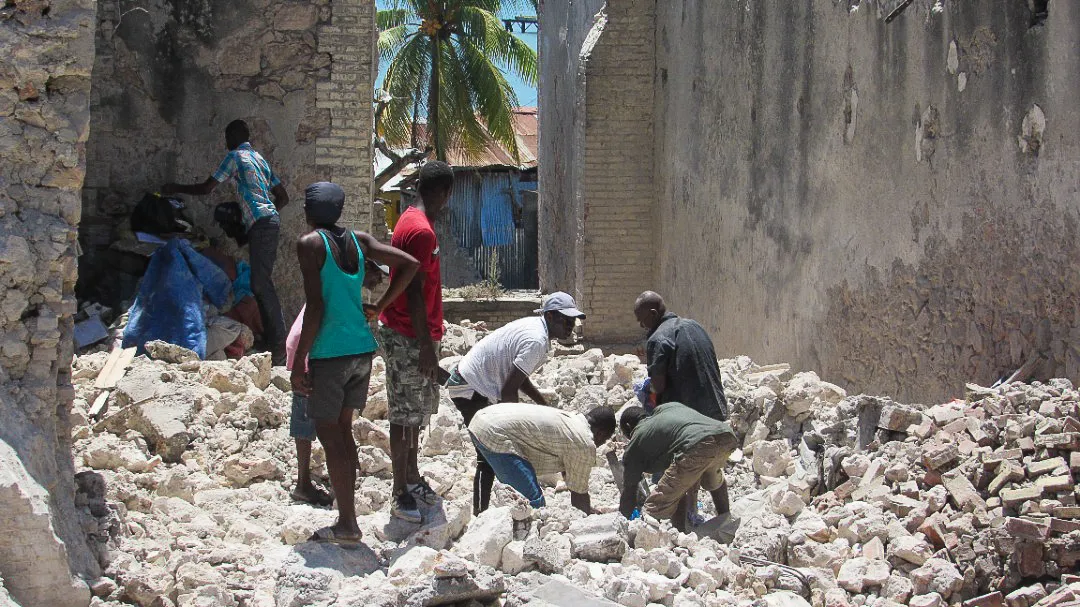About the Haiti Earthquake
Only two days after a 7.2 magnitude earthquake rocked Haiti, the island was hit by Tropical Depression Grace on August 16, disrupting humanitarian efforts and raising concerns about landslides and flooding.
The greatest human and material losses are reported in the areas of Grande Anse, South, and Nippes. CARE has ongoing programming in Grande Anse, where all CARE operational districts have been affected, most severely in the Jeremie and Beaumont areas.
The UN System in Haiti estimates 650,000 people are in need of emergency humanitarian assistance as a result of the earthquake, a concerning figure considering that 634,000 people across the three most affected departments (Grand’Anse, Nippes, and Sud) already needed multi-sectoral humanitarian assistance before the earthquake. More than 12,000 people have been injured, and hundreds are still missing. These figures continue to rise.
The already limited health system is increasingly more strained. Many survivors now find themselves homeless, without access to safe water and sanitation, and at greater risk of violence and abuse, including gender-based violence (GBV).
More than 52,000 homes in Le Cayes, Roseau, Jeremie, Beaumont, and Nippes have been completely destroyed, and more than 77,000 have been severely damaged. Roads, schools, clinics, and other public infrastructure have also sustained heavy damage.
In some remote areas, families are constructing makeshift shelters out of salvaged materials built directly on the ground without any kind of foundation or platform, making them vulnerable to collapse due to high winds and increased rainfall.
While the response to urgent shelter needs is a key priority, the Government is determined to avoid the establishment of large-scale camps for internally displaced people (IDP) with a view to mitigate the health risks associated with placing tens of thousands of people in close quarters amid the ongoing COVID-19 pandemic. The Government is pushing for a localized response that is at the same time equitable across all the affected areas.
Heightened insecurity and the COVID-19 pandemic have kept around 4 million children out of school for months over the last two years, with the quake damaging hundreds of school buildings, affecting an estimated 100,000 children and teachers. Safe temporary learning spaces are urgently needed to ensure affected boys and girls can continue their education and to mitigate the risks associated with children being out of school.

